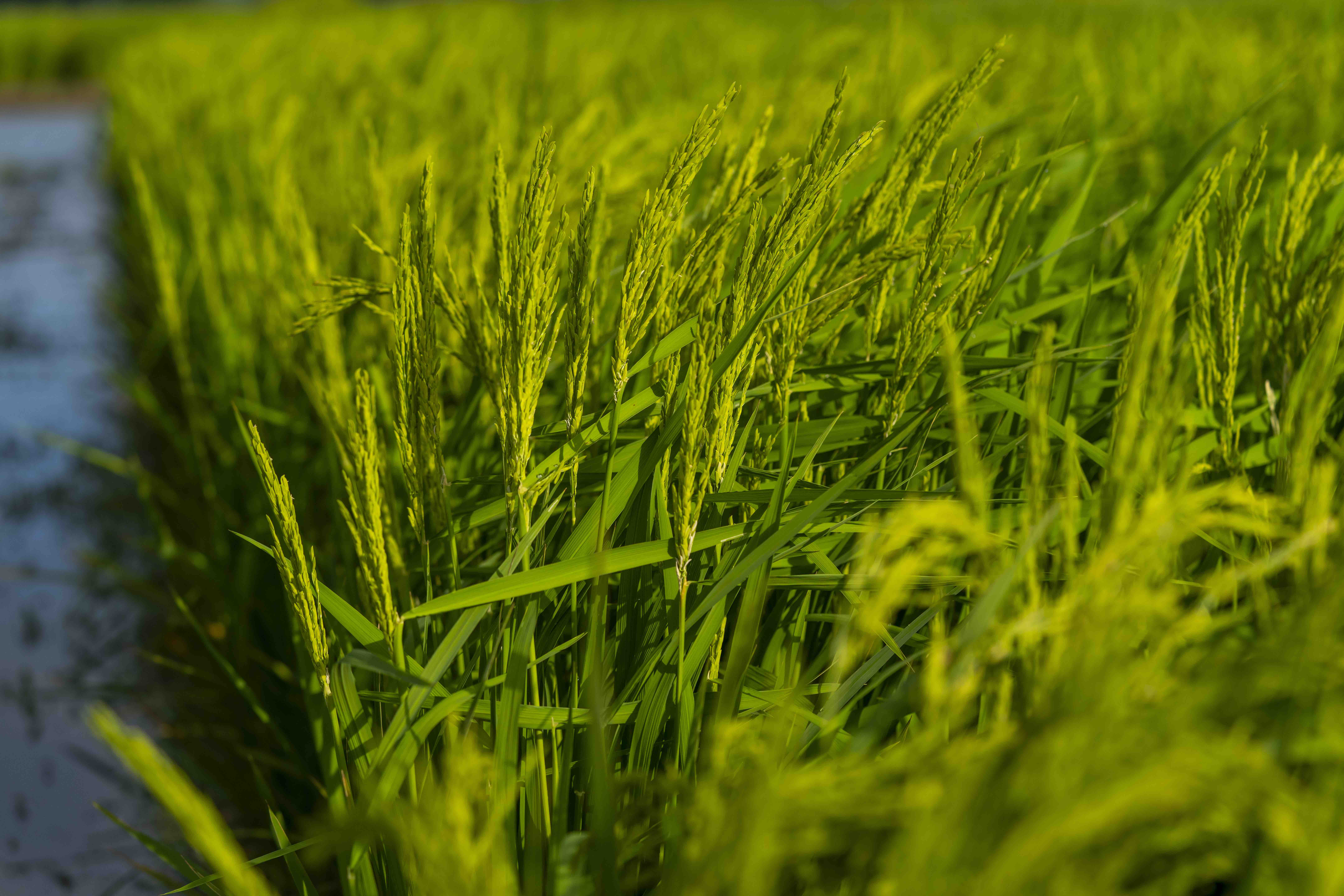On May 10th, USDA released the latest World Agricultural Supply and Demand Estimates (WASDE) report. The May WASDE provides the first official projections for the 2024 marketing year from USDA and annual marketing year forecasts for the supply and use of various crops. Projections for production are based on the acreage reported in the March 28th USDA Prospective Plantings report, and yield forecasts are based on trend models or historical yields, depending on the crop. Thus, the USDA projections discussed below are subject to change as the growing season and marketing year progress.
U.S. corn production is projected at 14,860 million bushels, a 3% decline from the 2023 record of 15,342 million bushels. For 2024/25, U.S. corn production is based on 82.1 million harvested acres (5.1% decline from 2023) and a national average yield per harvested acre of 181.0 bushels. Combined with 2,022 million bushels of carryover stocks from last year and 25 million bushels of imports, the total U.S. corn supply is projected to be 1.1% higher than in 2024 at 16,907 bushels. Similar to 2023, the supply increase is slightly offset by a 0.6% increase in total use. Feed use is projected to increase by 50 million bushels, and ethanol use remains unchanged from 2023 at 5,450 million bushels. Exports are projected to increase by 50 million bushels to 2,200 million bushels, partially due to reduced expectations in exports for Brazil and Russia in 2024. Corn ending stocks are projected at 2,102 million bushels, a 4% increase from 2023. The average farm price is projected to continue the downward trend, at $4.40 per bushel, compared to $4.65 in 2023 and $6.54 in 2022.
U.S. soybeans are also projected to see higher supplies and lower prices in 2024. U.S. soybean production is projected to be 4,450 million bushels, a 6.8% increase from 2023. Some production increases are due to a higher expected yield of 52 bushels per harvested acre (compared to 50.6 in 2023) – also a record if realized. The 2024 average farm price is projected at $11.20 per bushel, an 11% decrease from 2023. Demand and exports are expected to improve from 2023, with domestic crushing and exports each projected to increase by 125 million bushels. However, supplies continue to outpace demand, with 2024 ending stocks projected at 445 million bushels, a 31% increase.
U.S. cotton producers are projected to plant 0.44 million more acres in 2024, an increase that more than offsets the 6% drop in the national average yield, resulting in nearly 4.0 million more bales of production compared to the 2023 production estimate. The 2023 cotton crop saw 3.79 million acres of abandonment, with 10.23 million acres planted but only 6.44 million acres harvested. Drought plagued Texas again with abandoned acres in Texas accounting for 90% of U.S. abandoned acres. Currently, USDA projects 10.67 million acres planted with 9.13 million acres harvested in 2024. Drought conditions in Texas are not as severe as this time last year which may slightly alleviate the magnitude of abandonment. In the May WASDE, U.S. cotton production is projected at 16.0 million bales, a 33% increase from 2023. On the demand side, exports are expected to increase by 0.7 million bales to 13.0 million bales. Despite higher exports, cotton ending stocks are projected to increase by 1.3 million bales to 3.7 million bales on higher production. The average farm price is projected to weaken to 74 cents per pound, the lowest farm price since 2020.
Lastly, the carryover of long-grain rice from 2023 is relatively low compared to the last two marketing years at 18.0 million hundredweight, but increased production in 2024 will nearly eclipse the carryover. Long-grain rice production is projected to increase by 10% to 169.3 million hundredweight. Exports are expected to increase to 75 million hundredweight, which is largely driven by increased competitiveness in price and regaining the Mexico market lost to Brazil in 2023. Ending stocks are projected to be up 46% at 26.3 million hundredweight. Like other crops, the average farm price is projected lower to $14.50/cwt.
Overall, the May 2024 USDA WASDE report projects a bearish supply and demand picture and lower prices compared to 2023. Figure 1 provides a snapshot of typical month-over-month movements in the five-year average of the Marketing Year Average (MYA) cash price received by farmers. This can provide an expectation of movements in a relatively more current window. The last pre-harvest price upside movement for long grain rice has recently been in August while the last pre-harvest upside price movement for cotton happens in July. Corn and soybeans follow a similar pattern with downward price movement in July through harvest in October. Taking advantage of upward price movement through a crop marketing plan as described by previous Southern Ag Today articles (Maples, 2022; Maples and Gardner, 2023; and Maples, 2024) is of the utmost importance.
Figure 1. Month-over-Month Change in Five-Year Average MYA Price for Rice, Cotton, Corn, and Soybeans: 2019-2023

References
United States Department of Agriculture, Agricultural Marketing Service. (2023). World Agricultural Supply and Demand Estimates (WASDE-63). Retrieved May 10, 2024 from https://downloads.usda.library.cornell.edu/usda-esmis/files/3t945q76s/8910m7465/0p097p24j/wasde0523.pdf.
United States Department of Agriculture, Agricultural Marketing Service. (2024). World Agricultural Supply and Demand Estimates (WASDE-64). Retrieved May 10, 2024, from https://www.usda.gov/oce/commodity/wasde/wasde0524.pdf
Maples, Will. “Considerations for Developing a Pre-Harvest Marketing Plan.” Southern Ag Today 2(47.1). November 14, 2022.
Maples, William E., and Grant Gardener. “Using Historical Price Movements to Inform Marketing Decisions.” Southern Ag Today 3(51.1). December 18, 2023.
Maples, William E. “Cash Grain Contracts and When to Use Them.” Southern Ag Today 4(18.1). April 29, 2024.
Biram, Hunter, and Ryan Loy. “May WASDE Projects Higher Supplies and Lower Prices Again in 2024.” Southern Ag Today 4(20.1). May 13, 2024. Permalink









